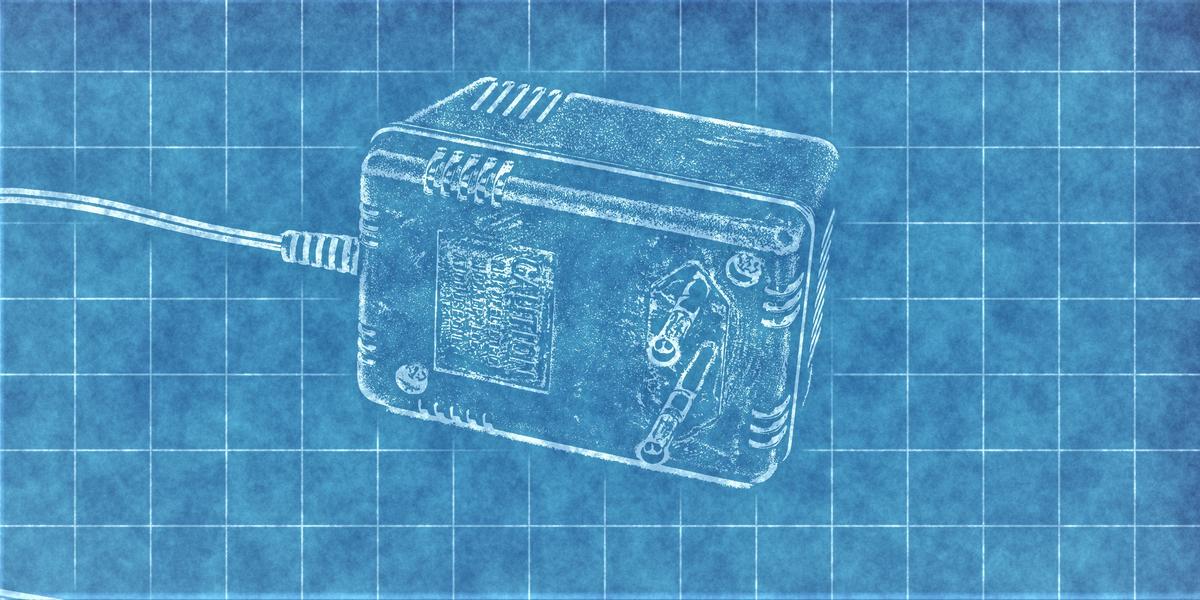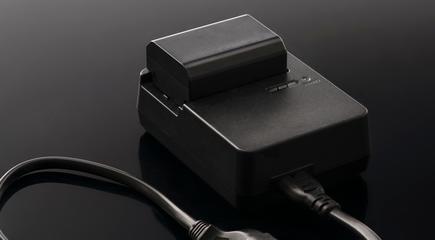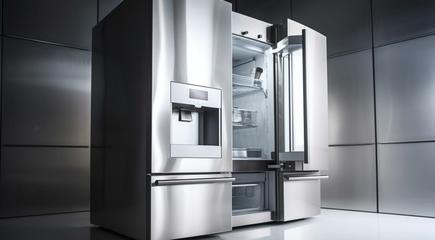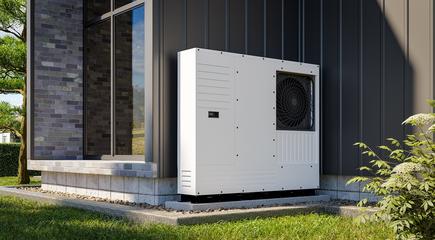DOE Appliance Standards for External Power Supplies

The U.S. Department of Energy (DOE) has recently proposed new energy conservation standards for External Power Supplies (EPSs). These proposed standards, known as Trial Standard Level 4 (TSL4), aim to tighten energy efficiency requirements across all types of EPSs.
Understanding Trial Standard Levels (TSLs)
TSLs are a tool used by the DOE to set energy conservation benchmarks. Each TSL signifies a specific level of energy efficiency, with higher numbers indicating stricter requirements. These levels are determined through comprehensive analyses that consider factors like technological feasibility, economic impact, energy-saving potential, and environmental considerations.
Efficiency Levels Explained
Each TSL corresponds to a set of Efficiency Levels (ELs) for different categories of EPSs. For example, Efficiency Level 1 (EL1) aligns with the EU Code of Conduct Tier 2 for basic and low single voltage power supplies. On the other hand, Efficiency Level 4 (EL4) represents the highest level of stringency, with only 1%-5% of products meeting the criteria.
Historical Context
The Energy Independence and Security Act (EISA) of 2007 laid the groundwork for energy conservation standards for EPSs. The most recent update was in 2014, known as Level VI standards. The proposed DOE Level VII standards are as follows:
Advocacy and Future Directions
While the DOE believes the proposed standards are the most stringent and are both technologically feasible and economically justified, some advocates argue for even higher standards. The DOE acknowledges that products meeting these proposed standards are already commercially available, thanks in part to advancements in wide bandgap technologies like silicon carbide and gallium nitride (GaN).
Additional Benefits
Higher efficiency EPSs offer more than just energy savings. They are also smaller, cooler, and more reliable, features that will become increasingly important as the industry evolves.
Further Information
For more details on the proposed EPS standards, you can visit the regulations.gov website and refer to docket EERE-2020-BT-STD-0006.
| Nameplate Output Power (Pout) | Minimum Average Efficiency in Active Mode (expressed as a decimal) | Maximum Power in No-Load Mode (W) |
|---|---|---|
| Single-Voltage External AC-DC Power Supply, Basic-Voltage | ||
| Pout ≤ 1 W | ≥ 0.5 x Pout + 0.169 | ≤ 0.075 |
| 1 W < Pout ≤ 49 W | ≥ 0.071 x In (Pout) – 0.00115 x Pout + 0.67 | ≤ 0.075 |
| 9 W < Pout ≤ 250 W | ≥ 0.890 | ≤ 0.150 |
| Pout > 250 W | ≥ 0.890 | ≤ 0.150 |
| Single-Voltage External AC-DC Power Supply, Low-Voltage | ||
| Pout ≤ 1 W | ≥ 0.517 x Pout + 0.091 | ≤ 0.075 |
| 1 W < Pout ≤ 49 W | ≥ 0.0834 x In (Pout) – 0.0011 x Pout + 0.609 | ≤ 0.075 |
| 9 W < Pout ≤ 250 W | ≥ 0.880 | ≤ 0.150 |
| Pout > 250 W | ≥ 0.880 | ≤ 0.150 |
| Single-Voltage External AC-DC Power Supply, Basic-Voltage | ||
| Pout ≤ 1 W | ≥ 0.5 x Pout + 0.169 | ≤ 0.075 |
| 1 W < Pout ≤ 49 W | ≥ 0.0582 x In (Pout) – 0.00104 x Pout + 0.727 | ≤ 0.075 |
| 9 W < Pout ≤ 250 W | ≥ 0.902 | ≤ 0.075 |
| Pout > 250 W | ≥ 0.902 | ≤ 0.200 |
| Single-Voltage External AC-DC Power Supply, Low-Voltage | ||
| Pout ≤ 1 W | ≥ 0.517 x Pout + 0.091 | ≤ 0.072 |
| 1 W < Pout ≤ 49 W | 0.0834 x In (Pout) – 0.0011 x Pout + 0.609 | ≤ 0.072 |
| 9 W < Pout ≤ 250 W | ≥ 0.880 | ≤ 0.185 |
| Pout > 250 W | ≥ 0.880 | ≤ 0.500 |
| Multiple-Voltage External Power Supply | ||
| Pout ≤ 1 W | ≥ 0.497 x Pout + 0.067 | ≤ 0.075 |
| 1 W < Pout ≤ 49 W | ≥ 0.0782 x In (Pout) – 0.0013 x Pout + 0.643 | ≤ 0.075 |
| 9 W < Pout ≤ 250 W | ≥ 0.885 | ≤ 0.125 |
| Pout > 250 W | ≥ 0.885 | ≤ 0.125 |





